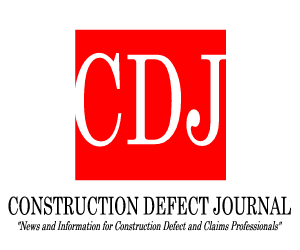
While the facts of the case are interesting and will be discussed, the takeaway is the Eleventh Circuit’s noteworthy discussion on the standard for bad faith claims and how they should be evaluated.
The Eleventh Circuit Court of Appeal’s opinion in Pelaez v. Government Employees Insurance Company, 2021 WL 4258821 (11th Cir. 2021) is a non-construction case that discusses the standard for pursuing a bad faith claim against an insurer. This case dealt with an automobile accident. While the facts of the case are interesting and will be discussed, the takeaway is the Eleventh Circuit’s noteworthy discussion on the standard for bad faith claims and how they should be evaluated. This discussion is included below–with citations–because while the term “bad faith” is oftentimes thrown around when it comes to insurance carriers, there is indeed an evaluative standard that is applied to determine whether an insurance carrier acted in bad faith.
In Pelaez, a high school student driving a car crashed with a motorcycle. The motorcycle driver was seriously injured and airlifted to the hospital. The accident was reported to the automobile liability insurer of the driver of the car. The insurer through its investigation initially believed the motorcycle driver was contributory negligent. Eleven days after the crash, after learning additional information, the insurer tendered its bodily injury policy limits of $50,00 to the motorcycle driver even though it never received a settlement demand. The insurer sent a tender package to the motorcycle driver’s lawyer that included a $50,000 check for the bodily injury claim and a proposed release. The accompanying letter told the attorney to contact the insurer with any questions about the release and to edit the proposed release with suggested changes. The insurer also wanted to inspect the motorcycle in furtherance of adjusting the property damage claim which also had a policy limit of $50,000. A location of where the motorcycle could be inspected was never provided.
Mr. Adelstein may be contacted at dma@kirwinnorris.com




